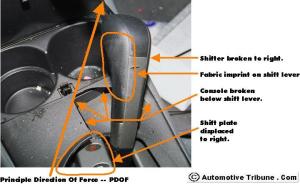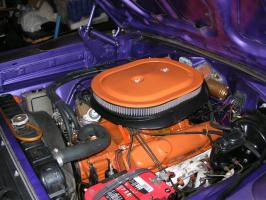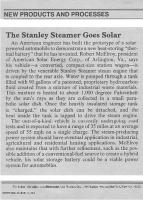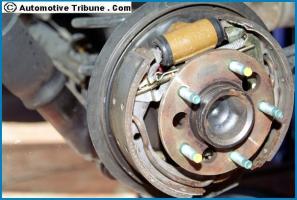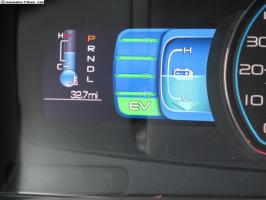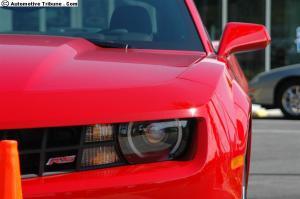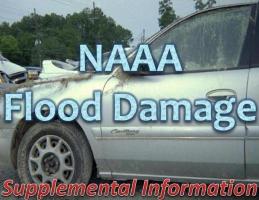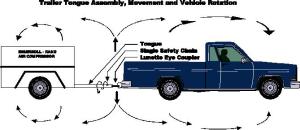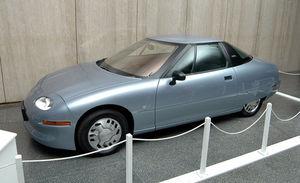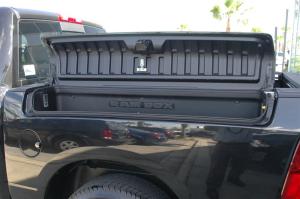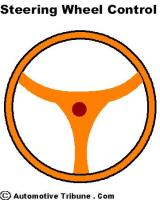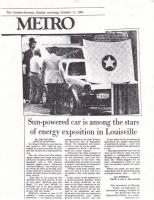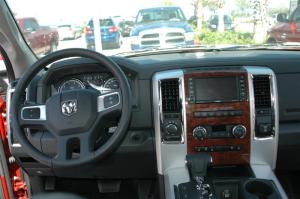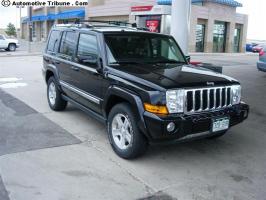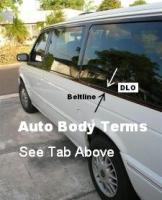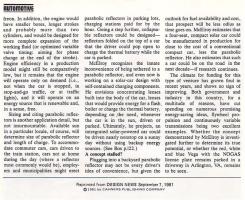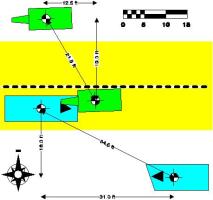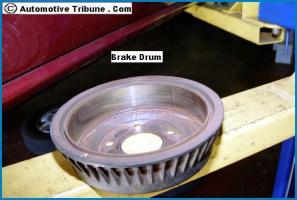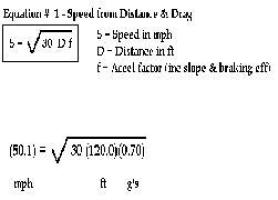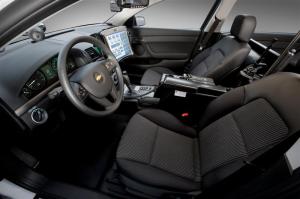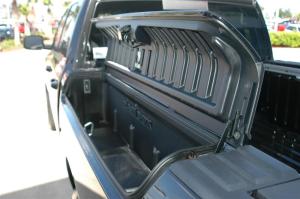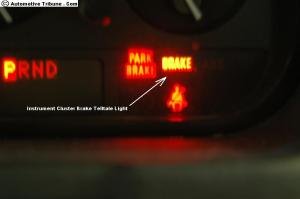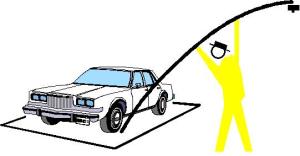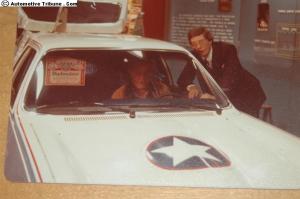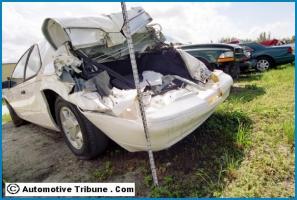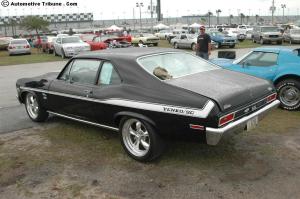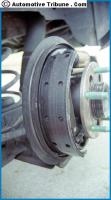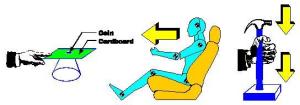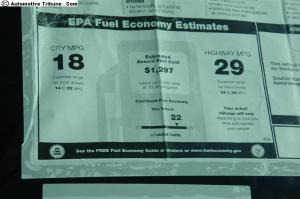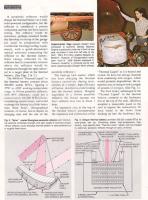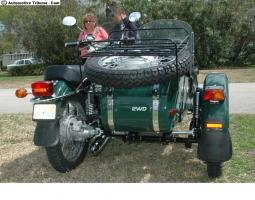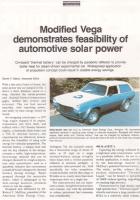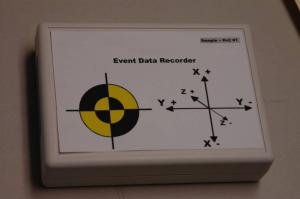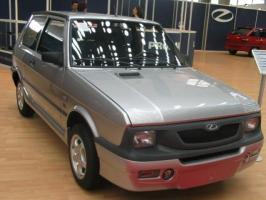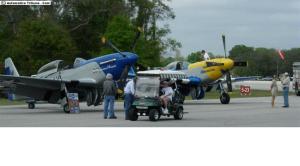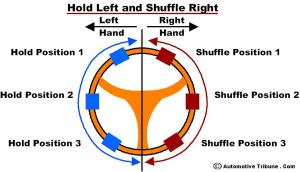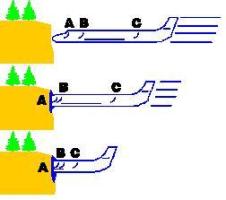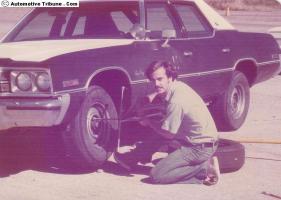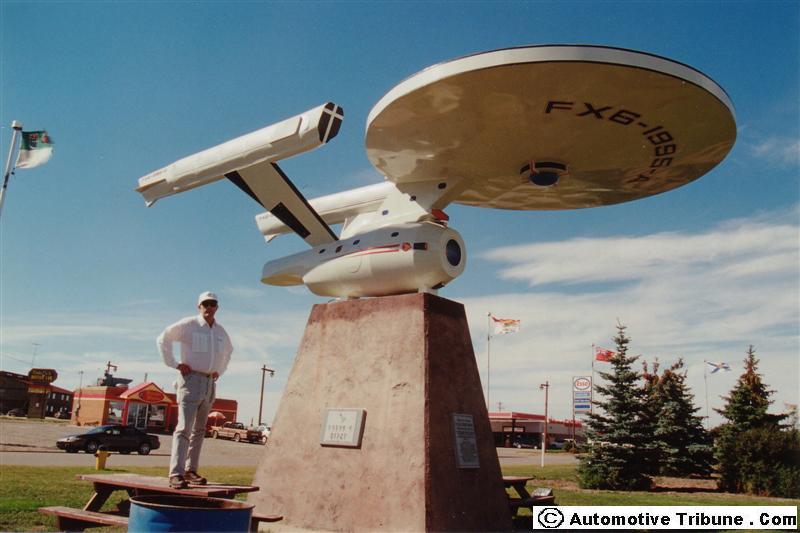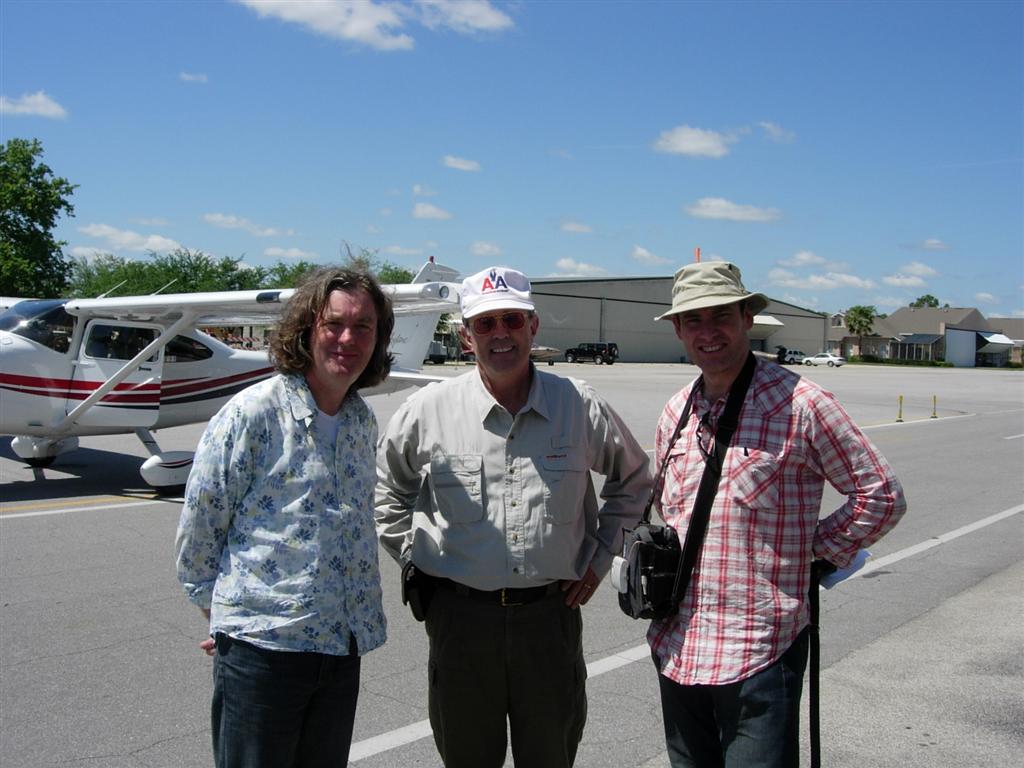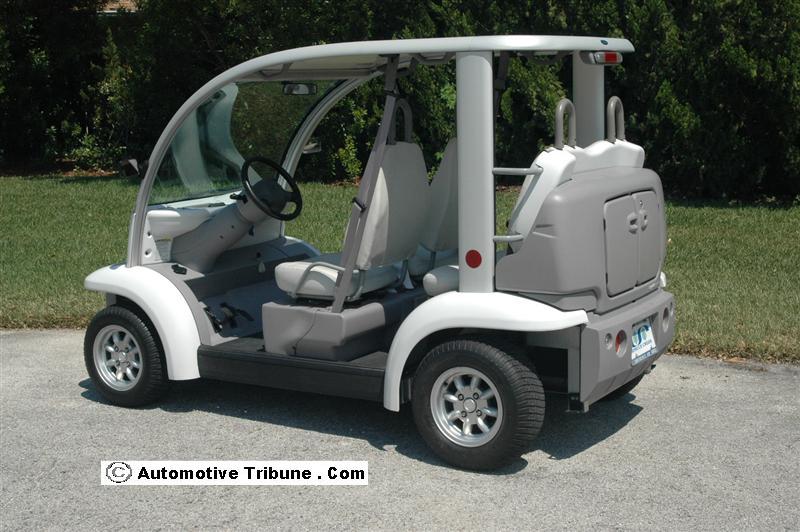Dynamic Environment = Environment + Vehicle + Driver
Dynamic Environment = Environment + Vehicle + Driver
The steering wheel is for hands-on directional control of the vehicle and directional control is fundamentally determined by what happens with the steering wheel. How you hold and control the steering wheel has a significant affect on vehicle control and ride quality. Low speed maneuvers require a totally different steering technique than vehicle maneuvers at extreme speed.
Roadway Environment – Where You Drive – AASHTO and MUTCD
Driving the vehicle is a complex set of ever evolving issues. Travelling on an open freeway is very different than driving on a congested inner-city street or urban highway. Highway Planners are concerned with the Civil Engineering associated with roadway design including traffic flow, physical environmental appearance, water drainage, sight lines, physical contour of elevation, and every other physical aspect of the roadway. After the roadway is built then it must be maintained. If you are interested in the foundation of roadways then research the links to the American Association of State Highway and Transportation Officials or AASHTO and Manual on Uniform Traffic Control Devices or MUTCD.
Vehicle – What You Drive
Every vehicle has some common characteristics and some unique traits. For new cars and trucks there is a general dynamic to how they drive. Two similar vehicles equipped in the same manner would be expected to drive in similar ways. Two similar vehicles equipped in a different manner would be expected to drive in different ways.
To illustrate some basic differences here is a good example with two trucks sitting side-by-side, one is a basic plain-vanilla 1/2 ton the average person might have. The second could be a fully equipped heavy-haul 3/4 ton. No-load operation in the 3/4 is very solid. Load the 1/2 like the 3/4 and driving stability is compromised and the suspension could break.
Two real world examples come to mind to illustrate this difference. One was a 1/2 ton pickup with a total of eight (8) workers on-board pulling a trailer with their equipment. The pickup had a loss of control and overturned in a pavement resurfacing area on the interstate after traversing a linear 1″ pavement elevation. Simply put the truck was overloaded.
A second example is the basic 1/2 ton fitted with multiple optional load devices to permit the truck to pull a heavy travel trailer. This truck was – suspension wise – turned into a vehicle that could deal with a very heavy load. Inspection of the truck after the crash revealed that a rear axle had snapped at the axle flange. Simply put, there is a difference in load capacity of the suspension systems.
Dynamic Driving = Environment + Vehicle + Driver = Where you drive, what you drive and how you drive
As the driver you have to operate the vehicle safely in the driving environment. To say that it is imperative to keep at least one hand on the steering wheel at all times is fundamental and the Shuffle Technique can be used for general steering wheel movement. Attention to what is going on with the vehicle ad the environment will prepare you what is coming up such as this example from the High Performance Driver Training Program:
Attention to the vehicle and environment established a good foundation for safe driving. Hands on the wheel and a focus on what is coming up down the road, provides a basis for you to cope with unexpected hazards. Every roadway and every car have problems and limits. Adding in the unexpected can bring excitement and terror such as a child running out between parked cars on a city street, or dog running out on a country road, or cresting a small incline and seeing a stopped car on the road, or seeing a steel part right in your tire travel path on the interstate.
If you have pushed the car to its limit and you have experienced a total loss of control then you have reached a terror point where you are totally along for the ride. Outside of a proper training area, experiencing a total loss of control can be a very bad event. In a proper training area the Skid Pad is used to gain comfort with a total loss of control and learn how to regain control after a loss of control. Terror can be replaced with knowledge.
Maintaining optimal control is the mark of a great driver. This is the real fun and success of successful driving.








